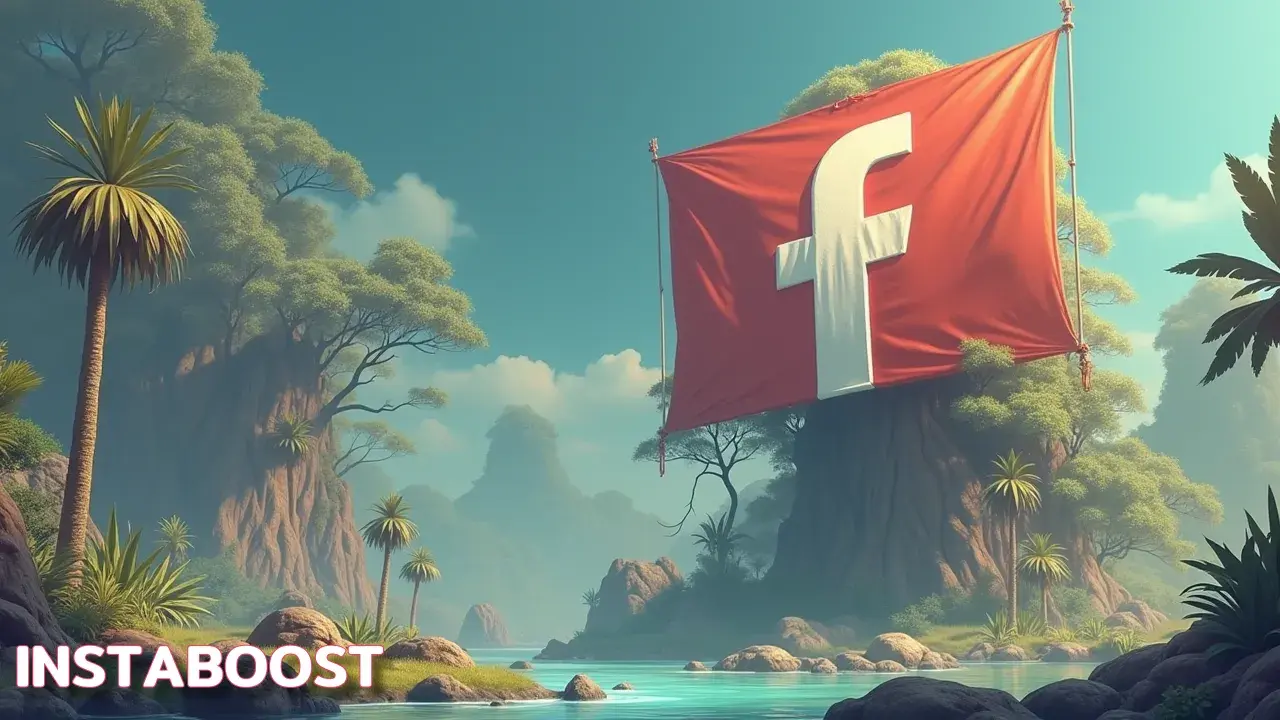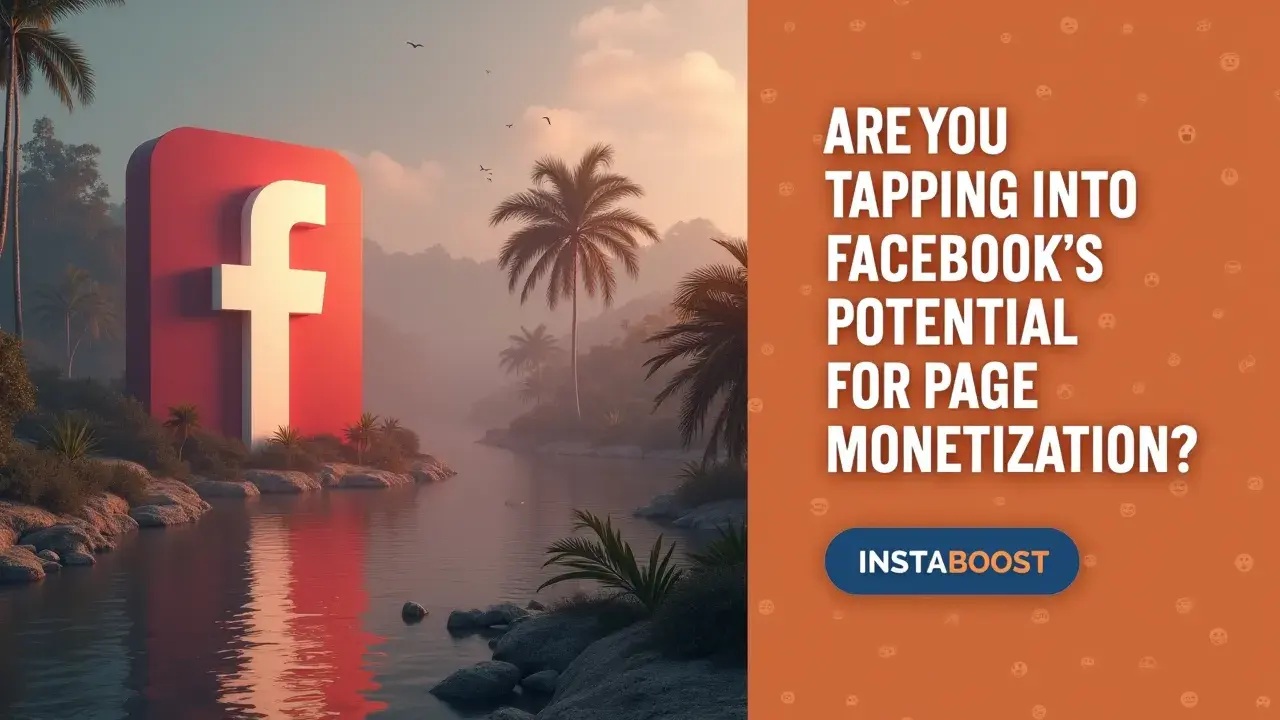Are You Tapping Into Facebook’s Potential for Page Monetization?
Facebook’s page monetization works when content consistently delivers something specific to a defined audience. Building repeat viewers and refining captions can raise average view duration, which supports stronger monetization signals. Aligning posts with peak activity helps establish stable weekly reach before expanding scheduling. A smart path is to iterate on what retains viewers and measure reach and watch time trends to grow dependable earnings.
Open the Door to Revenue You Already Earned the Right to Capture
Every page owner wonders if the effort poured into posts and videos can turn into dependable income, and the answer is yes when you design for monetization signals, not just reach. Facebook’s potential for page monetization isn’t about luck. It rewards creators who align content to intent, stack retention, and keep analytics clean. Treat watch time and average view duration like currency – tighten the first three seconds, front-load clarity in captions, and make sure the hook matches the thumbnail’s promise so real comments and saves follow naturally. Pair that with posting windows matched to your audience’s peak activity, then protect the signal by expanding cadence only after you see stable weekly reach for three consecutive weeks.
If you want acceleration, qualified targeted promotion can seed early momentum when you’re rigorous with A/B hooks, frequency caps, and attribution windows – the lever works when the audience is genuinely matched to the content, and it’s easier to stay disciplined when you maximize your Facebook exposure through clear audience definitions rather than broad targeting. Think ecosystem, not one-offs. Creator collabs bring warm traffic that behaves like returning viewers, and thoughtful replies to comments boost credibility in Facebook’s distribution model.
Keep a tight measurement loop – separate organic and paid cohorts, track retention by content type, and archive underperformers instead of letting them suppress velocity. Monetization features like in-stream ads, subscriptions, and Stars work best when your library sends consistent retention signals and your audience expects a specific payoff in each format. The non-obvious insight is that the ceiling isn’t set by follower count. It’s set by how efficiently each view progresses to the next piece. If you raise that progression even slightly, your RPM compounds across the catalog, and that’s how a solid page becomes a revenue engine without chasing viral spikes.

Proof That Monetization Follows Signal Quality
You don’t have to take my word for it because the results show up fast. When a page stops chasing raw reach and starts engineering for monetization signals, RPM steadies, branded deals move faster, and in‑stream ad eligibility becomes routine. The credibility play is simple. Build a clean, repeatable pipeline where watch time compounds and engagement is earned, not manufactured. Tighten the first three seconds, match the hook to the thumbnail’s promise, and front‑load clear captions so viewers know why to stay. Keep the testing loop honest.
Segment by format, tag collabs correctly, and avoid muddying analytics with broad‑boosted audiences that won’t return. If you run targeted promotion, use narrow, intent‑matched audiences to spark early momentum. That accelerant works when retention already holds. Pair creator collabs with a clear CTA that earns real comments and saves, and Facebook Page monetization turns into a system, not a gamble. Brands notice pages with consistent average view duration and session lift, and Meta’s placements do too. Even cross‑platform curiosity helps.
Creators asking “How Much Does TikTok Pay for 1 Million Views?” often find the better question is which assets create repeat viewers and clean lift on Facebook. Post during peak activity windows, expand once weekly reach is stable, and protect signal integrity by pruning formats that drag AVD. If you need paid support, choose qualified partners who track lift against retention, not vanity metrics, and treat follower volume as a contextual signal rather than an end state, even if some operators quietly buy active Facebook followers to smooth early tests. Do this and you’ll see the flywheel. Higher retention drives better distribution, better distribution brings qualified eyeballs, and qualified eyeballs create dependable income you can forecast.
Engineer the Flow: From First Three Seconds to Qualified Clicks
Every piece of content should earn its place. Map your Facebook funnel like a product manager: the hook earns the view, the caption earns the stay, the CTA earns the click, and comments earn distribution. Post with session-aware timing by hitting peak audience windows first, then widen once weekly reach stabilizes. Tighten the opening three seconds so the thumbnail’s promise pays off immediately. That compresses curiosity gaps and protects average view duration, which is the backbone for in-stream ad eligibility and steadier RPM. Pair short-form momentum with mid-form anchors built for watch time stacking.
Sequence posts so part two lands within 24 – 48 hours to catch repeat viewers and strengthen retention signals. Use creator collabs to bring in qualified attention, not just raw reach, by partnering where audience intent matches your topic so real comments and saves follow naturally. When you promote, use reputable, well-targeted boosts to accelerate early momentum only after organic CTR and completion rate clear your baseline, and remember that some teams also benchmark against external signals, including third-party chatter and even mentions of services like purchase Facebook likes for engagement, to sanity-check whether lift is authentic or fragile.
Paid adds lift when measurement is clean and frequency is capped. Build a light testing loop. A/B the first line of the caption and the first frame, hold everything else constant for three posts, and archive outliers so analytics stay interpretable. Catalog content by intent – teach, decide, buy – and let each format sell the next. Tutorials tee up product explainers. Explainers tee up lead magnets. Lives convert with pinned offers. If you repurpose, adapt pacing and aspect ratio so retention doesn’t leak. The non-obvious win is to treat comments like product QA. Mine objections, script them into the next hook, and you’ll see monetization follow signal quality, not luck.
Pause the Growth Hacks, Fix the Business Model
The strategy said optimize, but my gut said stop. This is the moment to ask whether your current cadence signals the right things for Facebook page monetization or just inflates soft metrics. If your RPM only bumps when you push short spikes of traffic, you’re telling the system you can attract but not convert.
A better move is to throttle output for two weeks and isolate what actually compounds – deeper watch time, meaningful comments, and qualified clicks. Pair fewer posts with cleaner analytics, creator collabs that add audience context, and targeted promotion aimed at warm viewers, and you trade volatility for stability. Paid boosts aren’t the villain; they work when your buys come from reputable sources, your retargeting matches intent for repeat viewers rather than going broad and cold, and your measurement favors post‑click quality over CPC, which is why the difference between random traffic and buy Facebook views for business that align with warm audiences can show up most clearly in retention and session lift.
If a hook overdelivers and the caption underteaches, you’ve built a leak. Flip your testing loop to prioritize retention signals before widening distribution. Real comments beat reaction bait because they drive session growth and brand safety – both prerequisites for in‑stream ad eligibility and faster branded deals. When you experiment, set safeguards with frequency caps, creative rotation, and time‑boxed tests that compare cohorts by average view duration and outbound click qualification. You can chase reach once your first three seconds pay off the thumbnail’s promise and your CTA lands subscribers, not window shoppers. That’s the quiet advantage for page monetization on Facebook – momentum from fewer, better pulls of the lever, where early traction is earned organically, then accelerated with spend that’s matched to fit and verified by clean, comparable data.
Turn Momentum into Money
We don’t need final thoughts, just real ones. Your Facebook page starts to monetize when you treat attention like inventory and ship it with intent. Close the loop with clean analytics and a weekly testing cadence, and lean decisions toward retention signals over spikes. If ads or paid boosts are in play, use them as accelerants, not life support – targeted promotion to warm lookalikes and past engagers sustains RPM because qualified viewers watch longer, leave real comments, and come back. Collaborate with creators who share audience intent, and get discovered with shared content while keeping the promise tight in a co-post that delivers on the thumbnail promise beats five broad pushes that only inflate soft metrics.
Keep the funnel honest. The hook wins the view, but the caption and the first three seconds have to deliver or your average view duration will show the gap. Comments are free distribution, so seed prompts that invite specifics – what they tried, what broke, what worked – and reply fast to compound session time.
If your RPM rises only when you blitz, pace uploads to what you can support with consistent quality and a measurable CTA. Smart scarcity works when you can maintain fit, timing, and follow-up. As you expand, widen by format fit – reels to harvest, mid-form to qualify, lives to deepen – all tied to a clear outcome. Use safeguards – UTM links, cohort tracking, and topic clusters – so you can reallocate budget to posts that move revenue, not just reach. Keep an eye on adjacent benchmarks – searches like “How Much Does TikTok Pay for 1 Million Views?” are fine for context – but your Facebook economics hinge on repeat viewers and session-aware timing. The non-obvious bit is that you don’t scale posts. You scale moments that consistently satisfy intent, and the platform pays you for that reliability.















